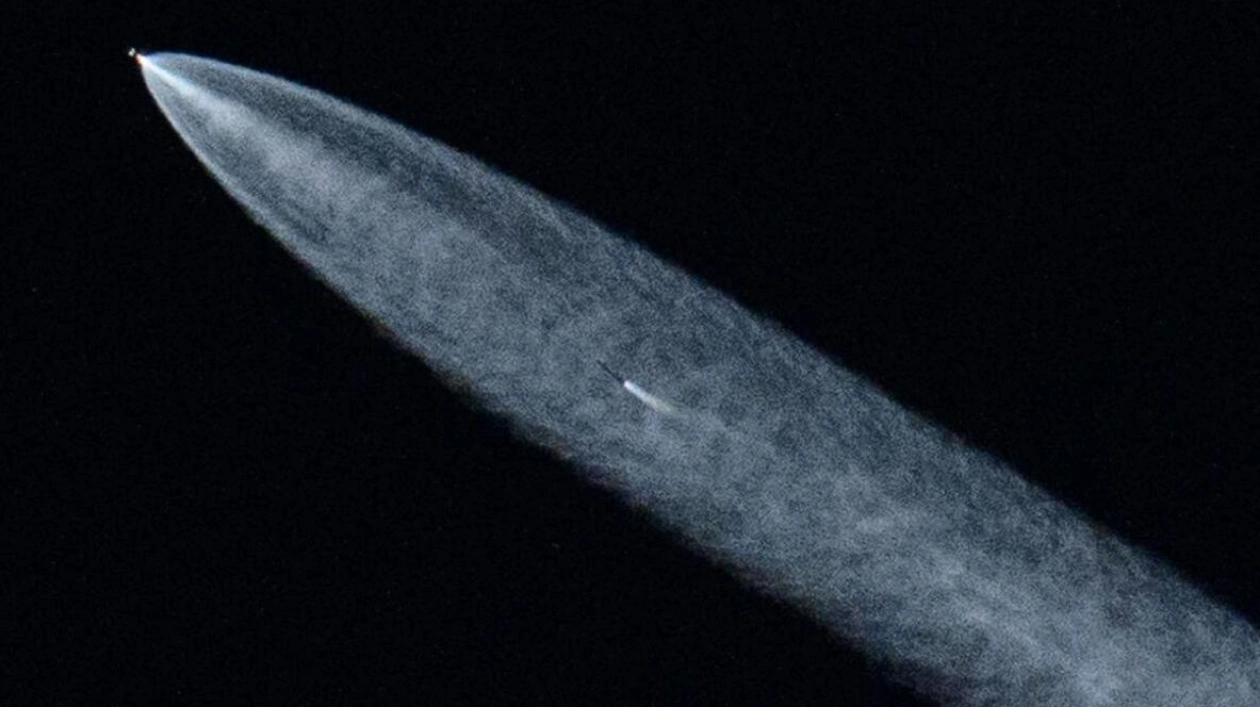A state-owned Chinese enterprise initiated the deployment of the initial group of satellites for a large-scale constellation aimed at competing with Space X's Starlink's nearly worldwide Internet network, according to a state-supported newspaper.
This launch signifies a significant milestone in China's strategic objective to develop its own equivalent of Starlink, a rapidly expanding commercial broadband constellation comprising approximately 5,500 satellites currently in orbit and utilized by consumers, businesses, and government bodies. The race to dominate Earth's lower orbits carries military significance, potentially influencing the power dynamics between nations at war.
The launch, orchestrated by Shanghai Spacecom Satellite Technology (SSST), occurred at the Taiyuan Satellite Launch Centre, one of China's primary satellite and missile launch facilities, situated in the northern province of Shanxi, as reported by the China Securities Journal. This event is a component of SSST's "Thousand Sails Constellation" initiative, also referred to as the "G60 Starlink Plan", which commenced last year with the goal of deploying over 15,000 low Earth orbit (LEO) satellites. LEO satellites typically function at altitudes ranging from 300km to 2,000km above Earth's surface and offer the benefit of being more cost-effective and providing superior transmission efficiency compared to satellites in higher orbits.
Starlink, managed by billionaire Elon Musk, currently serves tens of thousands of users in the United States and intends to expand its system with tens of thousands more satellites, making it the largest of its kind. Chinese researchers from the People's Liberation Army (PLA) have, over the past two years, examined the implementation of Starlink in the conflict in Ukraine and have frequently cautioned about the dangers it presents to China, should the country become embroiled in a military confrontation with the United States. In January, an opinion piece published in a PLA-affiliated media outlet characterized the deployment of Starlink as a "grave threat to the security of space assets of various nations".
SSST's "Thousand Sails constellation" is among three "ten-thousand star constellation" plans that China is banking on to narrow the gap with SpaceX. SSST's strategy involves launching 108 satellites this year, 648 satellites by the end of 2025, achieving "global network coverage" by 2027, and reaching 15,000 satellites deployed before 2030. SSST has not yet provided a response to a request for comment on the report.






